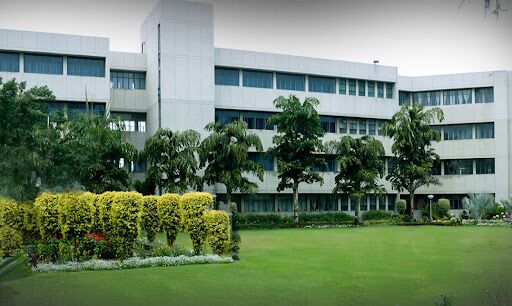No matter what factors impact the environment in ultimate analysis, the root cause can always be tracked down to a human action or decision. For example, a factory may emit heavy amount of GHG gases causing environmental detriment, it is conceived, designed, and operated by humans. In a nutshell, environment is impacted, constructively or destructively, by how the people act or react to an environmentally susceptible situation. This begs the question: Can individuals be motivated to perform their actions in a way that preserves, protects, and enhances the environment? We describe three distinct segments of people/stake-holders and the associated mechanisms of motivation for each segment as they are structurally different. Each segment can be viewed as one of the three pillars of an edifice that is the state of environment itself.
This pillar puts onus for the state of environment on everyone, literally everyone. A significant amount of misery and poor health germinate from deteriorating environmental quality which, in turn, results from emissions of GHG gases that are released in atmosphere due to human acts, practices and habits. By appropriate environmentally sensitive indoctrination and training, everyone can be educated and motivated to act in environmentally supportive fashion desist from environmentally destructive fashion.


There are hundreds of business models, mostly operating in the developed economies right now, that show that the notion, “environmentally improved products and services cause erosion of business profits” is an obsolete notion. Indeed, successful and effective strategies stipulate that profit and environmental values are synergistic. This fact must be used to change the mindset of business executives to reformulate competitive strategies that include pro-environment and pro-people components. Given the Indian state of environment and people’s eagerness to buy higher environmental-quality products and services, Indian economy is specially poised for such strategic transformation. Business strategies that yield simultaneous improvement in planet, people, and profits are known as Triple Bottom Line strategies for which the Foundation has distinctive competency.
Numerous studies in India and elsewhere have shown that a small investment in environmental improvement leverages not only a much-improved quality of life through better health and wellness; it saves more than commensurate amount in future health expenditures. Keeping people happy works as the catalyst and incentive for re-election. With growing awareness of deteriorative effect of pollution, the time is right to initiate and launch major environmental programs. The Government can also be critically essential to help initiate and foster huge projects (e.g., e-waste mitigation and management, renewable energies) where the size of investments required dwarfs individual capacities.
